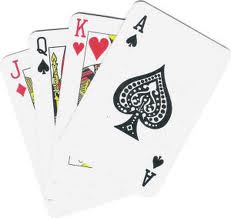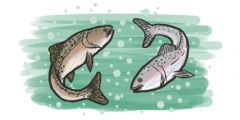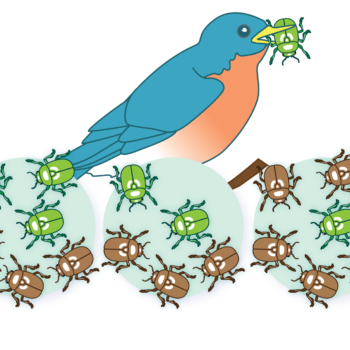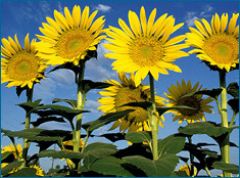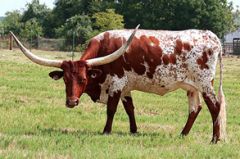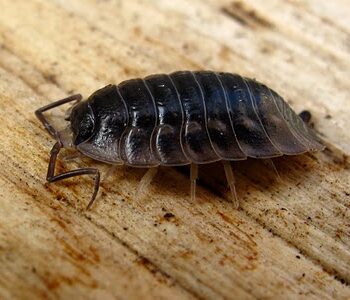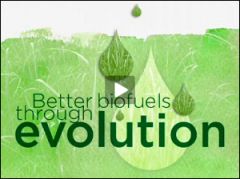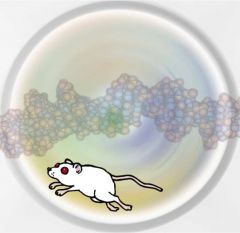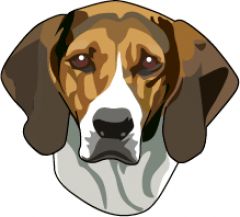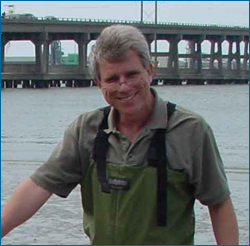Search by:
Found 16 resources:
Artificial Selection with Elaine Ostrander and Team
Grade Level(s):
- 9-12
- 13-16
Source:
- UC Museum of Paleontology
Resource type:
- Classroom activity
Time: 1 hr
Overview
In this article (and the linked assignments and student readings), students examine and interpret data that the team used to study the genes undergoing artificial selection during the development of different dog breeds. Use the tabs at the bottom of the feature to find related videos, assignments, and lessons to build this example into a lesson sequence on artificial selection.
Selection and evolution with a deck of cards
Grade Level(s):
- 9-12
- 13-16
Source:
- Evolution: Education and Outreach
Resource type:
- Classroom activity
Time: 1-2 class periods
Overview
This classroom exercise introduces the concept of evolution by natural selection in a hypothesis-driven, experimental fashion, using a deck of cards.
Relevance of evolution: Conservation
Grade Level(s):
- 9-12
Source:
- UC Museum of Paleontology
Resource type:
- Article
Time: 30-40 minutes
Overview
Explore just a few of the many cases in which evolutionary theory helps us form conservation strategies.
Pea taste
Grade Level(s):
- 13-16
Source:
- Evo-Ed
Resource type:
- Case study
Time: One to two class periods
Overview
This case study in the form of a set of PowerPoint slides examines the evolution of the wrinkled pea from its ancestral round pea shape.
From the origin of life to the future of biotech: The work of Andy Ellington
Grade Level(s):
- 9-12
- 13-16
Source:
- UC Museum of Paleontology
Resource type:
- Research profile
Time: 30-40 minutes
Overview
This research profile examines how scientist Andy Ellington has co-opted the power of artificial selection to construct new, useful molecules in his lab. The results of his work could help protect us from terrorist attacks and fight HIV and cancer.
Evolution 101
Grade Level(s):
- 9-12
- 13-16
Source:
- UC Museum of Paleontology
Resource type:
- Tutorial
Time: multiple days
Overview
This in-depth, multi-part course takes you through evolutionary theory and mechanisms, from definitions to details, natural selection to genetic drift, mutations to punctuated equilibrium.
Evolución 101
Grade Level(s):
- 9-12
- 13-16
Source:
- UC Museum of Paleontology
Resource type:
- Article
Overview
¿Qué es la evolución y cómo funciona? Introducción a la evolución ofrece información detallada y práctica sobre los patrones y los mecanismos de la evolución.
Evo in the news: The other green (r)evolution
Grade Level(s):
- 9-12
- 13-16
Source:
- UC Museum of Paleontology
Resource type:
- Evo in the News article
Time: 20 minutes
Overview
Though corn is "all-natural" in some ways, in others it is entirely manmade. This news brief from February 2007 explains the evolutionary tools that ancient humans used to engineer modern corn and the tools that scientists are using today to reconstruct corn's evolutionary history.
Evo in the news: No more mystery meat
Grade Level(s):
- 9-12
- 13-16
Source:
- UC Museum of Paleontology
Resource type:
- Evo in the News article
Time: 20 minutes
Overview
This news brief from April 2013 describes new research on the origin of American cattle breeds. The story told by the cows' genes crisscrosses the trajectory of human evolutionary history from wild aurochs that lived alongside Neanderthals, to Christopher Columbus and, ultimately, the American West.
Variability and Selection in Natural Populations of Wood Lice
Grade Level(s):
- 9-12
- 13-16
Source:
- Berkelhamer, Rudi
Resource type:
- Lab activity
Time: 3-hour lab
Overview
In this lab, students measure the amount of variation in a natural population of terrestrial wood lice and then determine which traits are subject to selection by predators by performing a simulated predation experiment.
Evo in the news: Better biofuels through evolution
Grade Level(s):
- 9-12
- 13-16
Source:
- UC Museum of Paleontology
Resource type:
- Evo in the News article
Time: 20 minutes
Overview
This news brief from April 2009 describes how synthetic biologists are using the process of directed evolution to improve the efficiency of biofuel production.
Born to Run: Artificial Selection Lab
Grade Level(s):
- 6-8
Source:
- Garland, Theodore
Resource type:
- Classroom activity
Time: Four 45-minute periods
Overview
Students are introduced to the field of experimental evolution by evaluating skeletal changes in mice that have been artificially selected over many generations for the behavioral trait of voluntary exercise wheel running.
Artificially Selecting Dogs
Grade Level(s):
- 6-8
- 9-12
- 13-16
Source:
- Collins, Jennifer
Resource type:
- Classroom activity
Time: 90 minutes
Overview
Students learn how artificial selection can be used to develop new dog breeds with characteristics that make the dogs capable of performing a desirable task.
Angling for evolutionary answers: The work of David O. Conover
Grade Level(s):
- 9-12
- 13-16
Source:
- UC Museum of Paleontology
Resource type:
- Research profile
Time: 30 minutes
Overview
Human activity has certainly affected our physical environment - but it is also changing the course of evolution. This research profile follows scientist David O. Conover as he investigates the impact of our fishing practices on fish evolution and discovers what happened to the big ones that got away.
Webcast: Selection in action
Grade Level(s):
- 9-12
- 13-16
Source:
- Howard Hughes Medical Institute
Resource type:
- Video Lecture
Time: 60 minutes
Overview
In lecture two of a four part series, evolutionary biologist David Kingsley discusses how just a few small genetic changes can have a big effect on morphology, using examples from maize, dog breeding, and stickleback fish.
This lecture is available from Howard Hughes' BioInteractive website.
Mejores biocombustibles gracias a la evolución
Grade Level(s):
- 9-12
- 13-16
Source:
- UC Museum of Paleontology
Resource type:
- Evo in the News article
Time: 20 minutes
Overview
Actualmente, la mayoría de nosotros llenamos nuestro tanque de gasolina con combustibles fósiles, es decir, restos de plantas y animales que murieron muchos millones de años atrás y eventualmente se convirtieron en petróleo — pero, por supuesto, esto no puede perdurar para siempre. El petróleo es un recurso limitado y en algún momento se va a terminar. Para ayudar a solucionar este problema, muchos científicos, políticos, gente de negocios y ciudadanos preocupados han puesto sus esperanzas en los biocombustibles...


